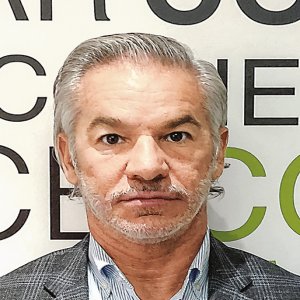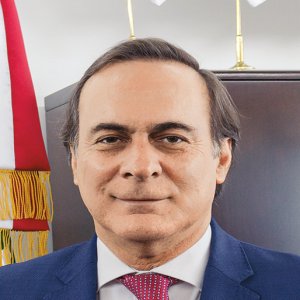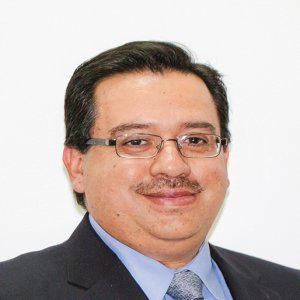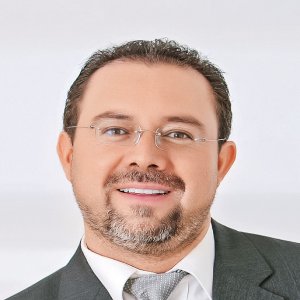Increasing Financial Inclusion Through Technology

STORY INLINE POST
Q: How would you describe Banco Sabadell’s trajectory in Mexico and what opportunities the country offers?
A: We have been in Mexico for 27 years, so we have deep knowledge of the country. For 14 years, we were stockholders in Banco del Bajío, which means that before we made the decision to start operating as a bank, we already had significant experience in the country. In 2012, we sold our participation in Banco del Bajío and we started working on our own banking project.
Mexico offers many opportunities for banks. The economy is solid but the local banking sector is relatively small compared to other countries in the region, such as Brazil or Chile. A historical reason behind this is that in the 1980s the banks were state-owned and were not active, while in the 1990s the banks were privatized and then declared bankrupt. It was not until the early 2000s when banks emerged again. This means that there is an inertial lag that is very obvious in the number of people that still do not have access to banking services.
When the economic crisis of 2008 hit Spain, Banco Sabadell took the opportunity to buy new banks. This generated even more appetite to diversify our operations internationally. At that time, three countries were identified as priorities for Banco Sabadell: UK, Spain and Mexico. In the UK, we chose to buy a bank but in Mexico we decided to start from scratch. We now have two vehicles, a bank and a SOFOM, and the results have been quite positive. The SOFOM started four years ago and focuses on corporate credit and project finance and the bank started operating two years ago. The SOFOM is twice the size of the bank. However, if we merged operations, Banco Sabadell would be the 11th or 12th-largest bank in the country, out of 53. Our portfolio of corporate credit is the 10th-largest in the country and totals US$2.63 billion.
Q: You have chosen to make Mexico your test-market for a 100 percent digital offer. Why Mexico?
A: The world is changing and so is Mexico. What is conventional or traditional will fall into disuse in a few years, so when you start from zero you can innovate. Meanwhile, if you have operations in a country like Spain, capacity for innovation is very limited. In Mexico, we have the luxury of being challengers. Having a relevant banking infrastructure takes decades and a huge amount of investment. Technology helps us to avoid this barrier.
Not having bank offices has not slowed our growth. To achieve our goals, we have chosen to create an app and not a website. We believe that websites are something from the past since at the end of the day people use their phones for their everyday activities, not their computers. The first premise was that there would be no physical bank offices and the next decision was to develop only an app, not a website. We launched it with an initial proposition of a basic account and gradually added more products. In five months, we attracted 5,000 clients in Mexico City.
Q: What are the challenges of implementing this digital offering while trying to reach new segments of the population?
A: Today, over 90 percent of Mexicans have a smartphone and many people are choosing post-paid schemes rather than the traditional pre-paid plans. Having a significant number of payments made through smartphones helps solve the problem of financial inclusion because it forces people to have a bank account, which then can help to increase credit and to expand services to a larger segment of the population.
I believe that financial inclusion in Mexico will come through technology and not from the traditional bank offices model. Some people find the latter model insecure because of the problem of crime in the country. Others are frustrated by it because they do not find it helpful. In Mexico, there is a significant level of dissatisfaction with the current banking model. It is true that Banco Sabadell is targeting a more urban public, with a younger demographic, but it does not discriminate. It is open to anyone who wants to use it.






















